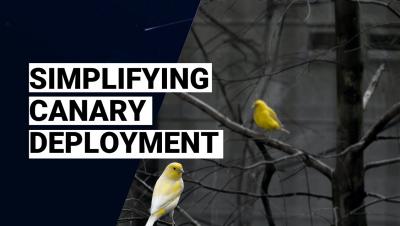Introducing gRPC Support for Insomnia
We’re happy to announce the release of gRPC support for Insomnia, now available in the 2020.5 release. With gRPC support, developers can make requests to gRPC backend services just like they can today with REST / GraphQL services from Insomnia.











